One of the conditions allowing us to talk about successful financial and economic activities is the analysis of property status and sources of property formation. This process is reflected in a number of indicators. By analyzing them, one can evaluate the formation and distribution of finances. You can consider the general situation of the business entity according to labor productivity, profitability of production, stock returns and the implementation of the sales plan. What the organization receives in the end is of interest to both the fiscal authorities and the owners themselves. Indeed, it is competent management of the financial apparatus of the enterprise that guarantees the successful conduct of economic activity both in relation to partners and to the credit system. This article will discuss the analysis of property and the sources of its formation.
Why do we need an analysis of property status?
Is it really necessary to conduct an analysis of the property status of the enterprise? Of course, because at the moment the analysis of the structure of the sources of formation of the property of the organization is quite widespread. It is necessary in order to assess the total value of the enterprise. And this indicator, in turn, is used in the implementation of various kinds of operations, which, for example, include the privatization of property. In order to lease something or present reasons for the amount involved in leasing operations, an analysis is also required. In all economic operations, the dominant place is occupied precisely by the concept of property. Its detailed description becomes the basis of business planning, which in the future will determine the direction of development of the financial activities of the enterprise.
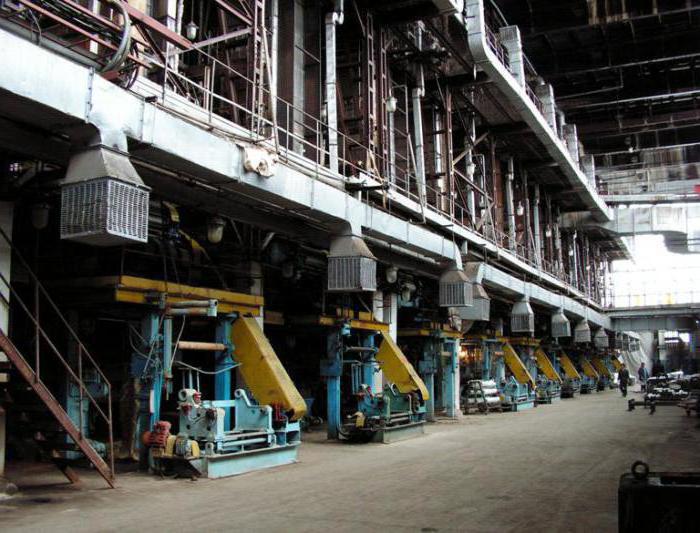
What is the property of the enterprise?
Before conducting an analysis of the property and the sources of its formation, it is necessary to determine this very concept. Under the definition refers to values that have a material and non-material basis. Together, they are those objects, according to which the economic activity of the enterprise is conducted. By such values are meant various kinds of things, rights and obligations. They are called assets and liabilities, and also determine the general financial position of the organization. According to this, another concept arises - succession. It means the transfer of property rights and obligations from one entity to another. This process occurs upon inheritance and, accordingly, termination of activity by legal entities.
Analysis and assessment of the sources of formation of property of the enterprise includes two types of tangible and intangible assets:
- Depreciable, the value of which is an integral part of the price of finished products;
- not depreciable, which are part of the price of finished goods only at a time.
What are the sources of property formation?
Analysis of the sources of formation of the property of the enterprise begins with their separation according to classification criteria. The main criterion is the way and place according to which values are formed. In this regard, there are two main categories of sources:
- own resources;
- borrowed funds.

Analysis of the sources of formation of the property of the enterprise shows that this classification is formed due to the fact that the organization is not always able to independently support its activities.To ensure development and decent competitiveness, companies are forced to borrow from others. Of course, if an enterprise receives any values on credit, then it immediately has certain obligations that are of a different nature, since they are formed relative to several entities. The latter include employees of the organization, and borrowers, and other individuals. An analysis of the dynamics of sources of property formation allows specialists to track the share of foreign investments. This is necessary in order to control the level of such funds in the aggregate property complex, because not a single enterprise can do without them, but the predominant share of borrowed financial investments is also undesirable.
What relates to own sources of formation?
Initially, the analysis of the sources of formation of the property of the organization includes precisely its own. After all, it was from own reserves that the initial authorized capital was formed. Typically, the initial investment is a collection of contributions from the founders of the organization. It is this amount that gives start to the development of the financial and economic activities of the enterprise. The amount of capital is fixed in the charter of the organization and other constituent documents.
Another variety of own resources are repurchased shares. They represent various shares, which are proportionally equal to the amount of repurchased shares. The interval at which their value is determined is in the range from entering the joint-stock company to the liquidation of the enterprise.
Under reserve capital, reserve funds are assumed, the amount of which is established in accordance with regulatory legal acts and the charter documents of the organization itself. Reserve capital is formed in the process of deduction of finance from net profit. Such an “airbag” is necessary in order to be able to repay debts and cover losses in case of unforeseen circumstances.
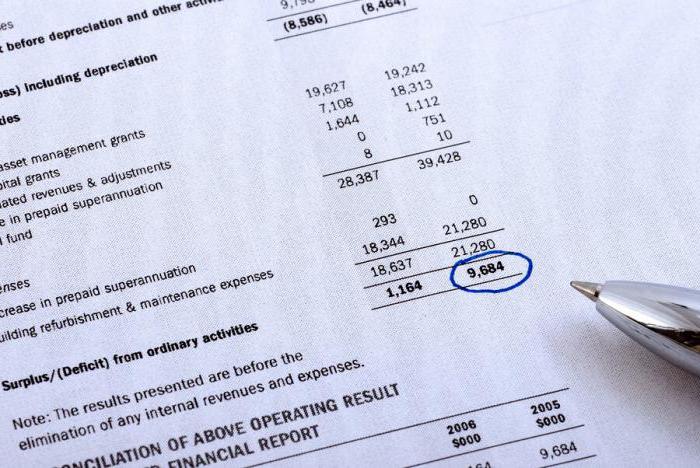
Another subspecies in the category of own sources of property formation is additional paid-in capital, which is equal to the increase in the value of depreciable values. This happens during the revaluation process. An analysis of the sources of formation of the organization’s property shows that it is formed on the basis of share premium on securities, as well as with an increase in the foreign exchange rate (the difference is taken relative to the initial invested capital).
The next in this category is retained earnings. It represents all the profit that was received for the last reporting period. Only tax fees and the amounts that were necessary for the formation of specialized funds are deducted from income.
Estimated reserves are included in the estimated amounts that were received during the depreciation of securities or in the process of cheapening material values.
Own reserves also include income from future periods. By them is meant the present.
Reserves for future expenses are planned in advance and are formed with respect to costs that may arise soon.
The last in this category is targeted financing. It consists of finances that have been allocated by individuals or legal entities specifically for the implementation of any ideas.
What is related to borrowed sources?
Also, the analysis of the structure of sources of formation of the property of the enterprise includes another subspecies - these are borrowed funds.
First of all, loans received from banks or other organizations fall under this definition. Loans represent liabilities in the form of outstanding loan amounts. Depending on the term, they can be short-term and long-term.It also includes profit from issued and sold shares and bonds of the company.
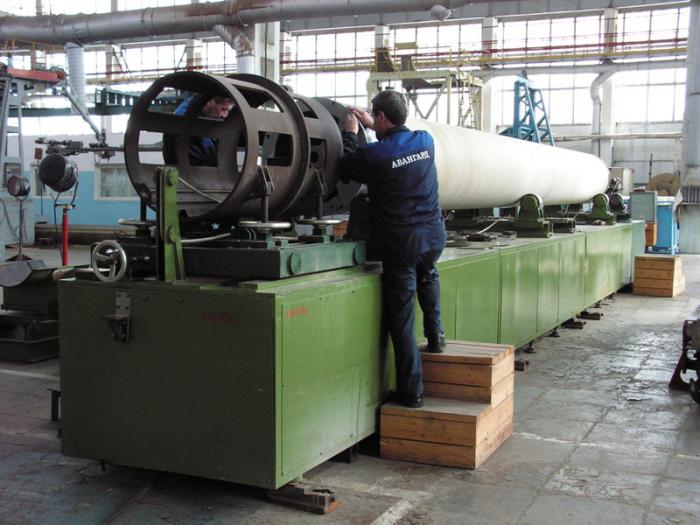
A separate group distinguishes settlements under various agreements. They may relate to supplies, insurance claims, dividends and depositors.
Analysis of the composition of the structure of sources of property formation includes in the acquired funds and liabilities for profit distribution. This category consists of dividend payments from the sale of securities. Of these, the organization pays taxes and extinguishes sanctions.
In the event that income tax increases, deferred tax liabilities are provided. The organization deliberately defers a certain part to this situation, which may occur in the current or future reporting periods.
What indicators determine solvency?
Analysis of property and sources of formation of an economic entity includes a determination of solvency. This concept refers to the ability of a business entity to repay its debts. This condition must be met even if all lenders simultaneously demand a loan, moreover, immediately. This indicator is considered from several sides. To give a final assessment, it is necessary to calculate two factors - solvency and liquidity of the business.
The first indicator determines whether the organization is solvent, whether the company is able to repay loans and repay debts. An additional condition is that this must be done without a decision on the sale of property.

The coefficient has the abbreviation Kpl. The optimal value of this indicator should not fall below unity. If this condition is met, then solvency will be satisfied with the material resources of the enterprise.
Solvency gives a general idea of the company's readiness to repay debts on time. This applies to various types of obligations, both current and remote.
What characterizes the liquidity ratio?
To assess how well the company is able to settle obligations with a small scope, the concept of liquidity is introduced. It is characterized by three coefficients. An analysis of the property and the sources of its formation allows, thanks to their calculation, to understand how quickly it is possible to convert real objects into monetary units.
Total liquidity is abbreviated as OKP. Another name for this designation is the coverage factor. It is analyzed in relation to both the current state and the further development of the situation. General liquidity is needed in order to understand how the company is able to fulfill its obligations to creditors. The coverage ratio shows the ratio of one ruble of assets to one ruble of debt. The limit of this ratio is unity. But more optimal is an indicator that has a value of two. If the overall liquidity is reduced, then this signals that the company is in a rather poor situation, which gives the right to talk about a real threat of bankruptcy.
In order to analyze the structure of the property and the sources of its formation, it is necessary to take into account the organization’s ability to pay off creditors for a time equal to one production cycle. This definition clearly fits the concept of quick liquidity. It is designated as kbl. Payment abilities are characterized by timely payment in case of problems associated with the sale of goods.
The absolute liquidity ratio shows the proportion of obligations that the organization can fulfill using its own resources. But the obligations have a small time frame, they are determined by the current moment.
Absolute liquidity Ratio has the abbreviation Kab.l.In the case of this indicator, the dependence is directly proportional - the higher the coefficient, the better the reliability of the enterprise. The optimal value is in the range from 0.2 to 0.3.
How to assess the likelihood of bankruptcy?
Bankruptcy is the insolvency of the enterprise, the inability to pay bills. To determine the risk and its magnitude, it is worthwhile to analyze the dynamics and structure of sources of property formation. Bankruptcy risk indicator is expressed through a special coefficient. The essence of the parameter is to express the provision of the enterprise with its own resources.
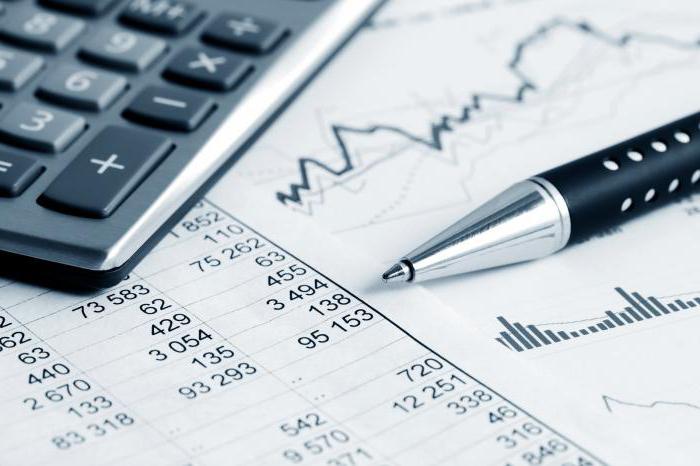
This ratio has the abbreviation Koss. It represents the ratio of two other indicators - own material resources to the total mobile part of the enterprise’s turnover. In the optimal case, the value of this indicator will be above 0.1. The fulfillment of this condition suggests that part of the assets circulated in cash consists of the organization’s own finances.
The risk of bankruptcy is also affected by the ratio of receivables to payables. The formula perfectly reflects the name of this indicator. That is, this is the amount of receivables divided by the amount of accounts payable. In this case, the dependence is inversely proportional. The greater the result, the higher the dependence of the organization on the loans provided. The optimal value is this coefficient equal to two. In the event that the indicator exceeds this number, there are difficulties in the company and an increased risk of bankruptcy.
What is financial stability?
One of the most important indicators that play a key role in the economic activity of the organization is financial stability. It is the basis of a stable position of the enterprise and is characterized from various perspectives. The first indicator of sustainability is the company's overall market position. If the financial apparatus allows maneuvering the budget and ensure an uninterrupted production process, then this indicates that this indicator is at a high level. Assessment of financial stability can give an analysis of its own sources of formation of property of the enterprise.
Three factors give an overall picture of financial stability. The first is called the coefficient of autonomy. This indicator is designated as Cavt. The value is equal to the ratio of own resources to the value of the entire property complex. Optimal is an indicator in excess of 0.5. If this value falls, then this indicates that independence is declining, and there is the possibility of financial difficulties in the near future.
Also, confident economic activity, the ability to stay afloat and develop in the future can be estimated according to the share of foreign investments. Analysis of the structure of the property and the sources of its formation should show the predominance of the share of own resources. Only under this condition can we say that the organization is stable and independent in economic terms.
The dependence coefficient is calculated separately. It just shows how much borrowed funds are in the structure of property, and how much is own. This indicator is expressed as a percentage. Its limit reaches fifty percent.
How efficiently they use their own resources, shows the coefficient of maneuverability. The indicator has the abbreviation Km. In the event that the result is below zero, we can talk about the poor ability of maneuverability of personal assets. In general, a certain framework for this coefficient does not exist. Some experts consider the normal value of this indicator equal to 0.5.However, it is believed that the higher this indicator, the better the company can adapt to changes in market conditions.
What is included in the property?
To successfully conduct financial and economic activities, the enterprise must have a certain property complex. The latter is an object for which the organization itself has rights. The enterprise itself is also a property complex, but is classified as real estate. The structure and analysis of property and the sources of its formation in the organization is impossible without taking into account all that is included in its composition. These are both movable and immovable objects. This includes both the land itself and the facilities owned by this organization, produced raw materials and goods, depreciation, brand and trademarks, rights and debts.
Real estate includes all those objects, the movement and movement of which cannot be carried out without significant violations. This group is also taken into account by a specialist who analyzes the property and the sources of its formation. An example is forests, buildings and structures, even those that are under construction. This included some vehicles, such as aircraft, including spacecraft, as well as sea and river vessels.
All these facilities must undergo state registration. In addition to material values, property rights, economic management, operational management, permanent use, and inherited lifetime possession should be fixed in the same way.
Movable property is all that is not included in the previous category. In most cases, it is not necessary to go through the state registration procedure for these objects. But there are certain exceptions that are stipulated by law.
What is related to intangible property?
Of great value are precisely the intangible elements of property that create a unique image of the company, distinguish the enterprise from competitors, making it unique. Such property is formed at various stages of the life cycle of the enterprise. This includes everything that allows you to stay afloat. These are trademarks, and secret technologies, and the customer base, and qualified personnel, and profitable contracts.
The main intangible element is the reputation of the organization, which is formed due to the attitude of others. A good reputation allows you to attract and retain both new business partners and build up a permanent customer base. Thanks to this, you can save some time.
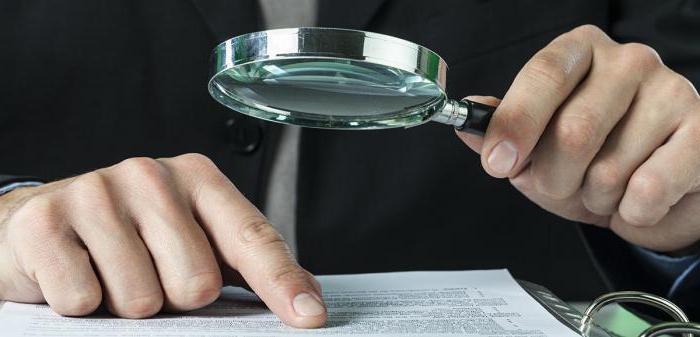
A good reputation is also the absence of high-profile court cases. They can be minimized through good relations with local authorities and society.
It was also revealed that the situation inside the company directly affects the cost of production. Indeed, thanks to the good, well-coordinated work of the team, the probability of losses and costs is reduced. This is due to the fact that there are practically no risks of inconsistent and unpredictable employee behavior, because everyone knows that he can be insured and helped. In numbers, this may translate into reduced transaction costs. This suggests that in addition to financial management, an enterprise should establish a system of ethical values.
How to make a conclusion about the results of the analysis?
Of course, the analysis of property and the sources of its formation implies the formation of some kind of conclusion. Indeed, for different areas, the same indicators can indicate completely different things. For example, the manufacturing sector is characterized by the presence of a large amount of capital and non-current assets. It is on them that the main financial resources of such enterprises are concentrated. The situation in the trading sector is just the opposite.
So, we can conclude that in addition to assessing the property complex, it is necessary to understand the purpose of the analysis and to be able to correctly interpret the results obtained depending on the current situation of the enterprise, market position and the manufacturing sector.